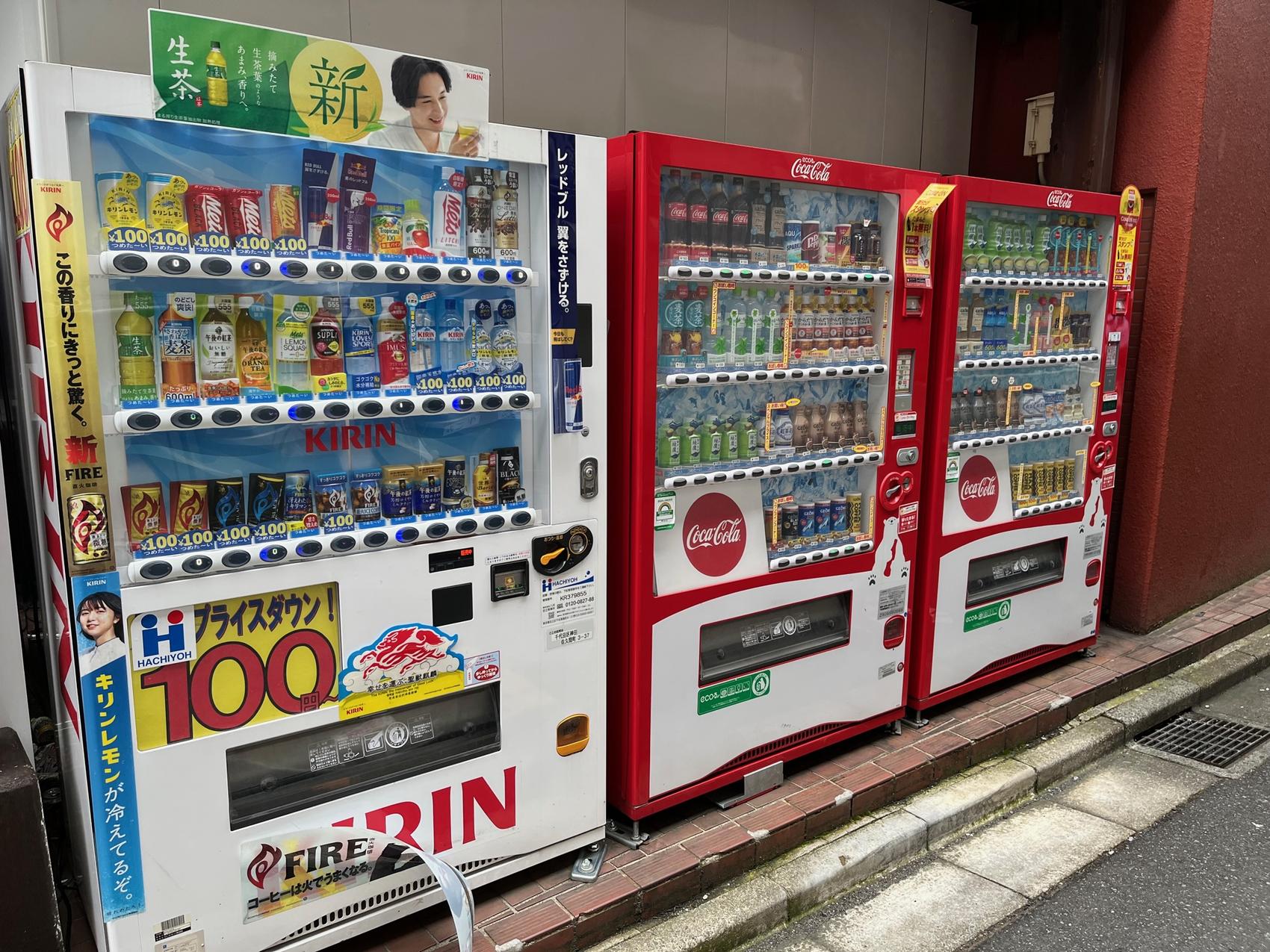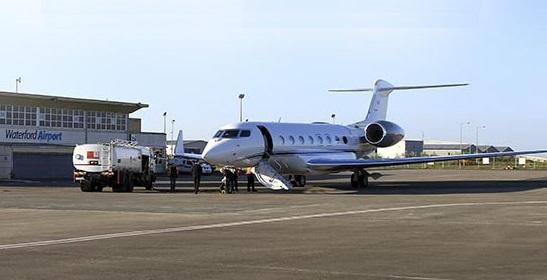By Japan Today Editor
Copyright japantoday

The rising costs for merchandise and energy, and shortages in manpower will soon push the retail price of soft drinks from vending machines to 200 yen — a level where it’s feared consumers are likely to hesitate before making a purchase.
At such inflated prices, wonders Weekly Playboy (Sept 15), will Japan’s consumers continue to patronize the machines?
It seems industry leader Coca-Cola Japan recently announced price increases on some 217 items, to take effect from October. For example, a half-liter bottle of the company’s signature brand, currently priced at 180 yen, will rise to 200 yen. Likewise for a 650ml bottle of its green tea beverage, Ayataka. And its Georgia Black bottled coffee beverage is slated to rise from 179 to 209 yen.
Twenty-five years ago, Japan had 5,607,500 vending machines in operation, roughly half of which dispensed chilled or heated drinks. By 2015, the number had fallen to just over 5 million, and last year, the figure was down to 3,910,300 units — marking a decline of about 30% over the past 24 years.
What’s been driving these changes? Is Japan’s status as a “world-leading vending machine country” becoming endangered?
“The COVID pandemic caused people’s lives to change drastically,” remarked business journalist Ryuichi Nishikawa. “Orders via the internet and home deliveries became increasingly widespread, even for beverages. People became more inclined to practice frugality, so they shifted to making more volume purchases from supermarkets or discount shops, as opposed to the set prices from vending machines.”
Small- and medium-size operators were the first to feel the pain. Take Mr A, a 20-year veteran employed by a medium-sized vending machine operator in Kanagawa Prefecture. His daily tasks include restocking machines, collecting discarded cans and bottles, and cleaning up around the exterior. On a typical day he works from 8 a.m. to 7 p.m., during which he services between 25 to 30 machines, located mostly at train stations and factories.
Mr A has observed a sharp in demand for canned coffee beverages over the past four to five years, due to competition from convenience stores.
Still, not all is gloomy.
“There’s been a trend to installing machines in merchandise warehouses and construction sites,” he says. “And due to hot weather, sales this past summer were up over previous years.”
Or take Mr B, who for the past three years has worked for a small family-owned business, also in Kanagawa, that installs and operates vending machines.
“I don’t hear much discussion in the company about plans to remove the machines,” he tells the magazine. “Sales are generally better in summer months. Our company sells items discounted to 100 yen, and so far we haven’t felt pressure to raise prices.”
Nevertheless vending machine operators are beset by increased running costs, which include outlays for gasoline and container recycling charges, along with electric power rates, which have risen sharply over the past four or five years. It also faces a serious labor shortage
“Out of 18 routes our company covers, right now two are undermanned,” says the aforementioned Mr A. “We’ve been trying to recruit new school graduates, but youngsters just aren’t applying.
Mr B is also worried.
“Presently we’ve only got three drivers to restock and service the machines,” he says. “If one were to quit, the sales would simply stop. The worker shortage is really severe. It was a problem in the past as well, but it’s been worsening year by year.”
If there’s any hope for the industry’s future, it’s likely to come from new technologies, such as advancements in digital communications. A smartphone app, for example, can be harnessed to determine the amount of stock remaining in each vending machine, enabling the grasping of inventory status in real time. Ideally this will reduce waste and boost efficiency.
Among Japan’s major vending machine operators, digitalization has already progressed. Such add-ons as premium point service and cashless transactions have also been introduced, and inventory can be monitored remotely. The problem is, introducing these new systems is prohibitively costly for small- and medium-size operators.
For that reason, marginally profitable businesses or individually owned enterprises have been forced to engage in unplanned spot procurements. It’s also premature to expect all vending machines to eventually go digital.
“I suppose we can expect prices to continue to increase in the future,” frets Mr A. “That will naturally cut into our sales. Due to electric power costs and so on, more machines will be taken out of service as they no longer break even.
“I think the industry on the whole is in decline,” he adds. “The ubiquity of convenience stores is overpowering us. The machines our company operates aren’t set up for cashless transactions and I get the feeling they’ll soon be outmoded.”
More vending machine operators are shifting away from beverages to other products, such as frozen foods. At present many consumers still regard them as curiosities, but journalist Nishikawa sees potential for future growth.
“Beverages’ overall share of the business will probably decline in the future, but the market is becoming more diversified vis-a-vis pricing,” he said. “Because consumer needs will surely exist, I can’t see vending machines completely disappearing.”
© Japan Today



